- Thayer Expedition to Brazil
- Hassler Expedition 1871-1872
Thayer Expedition to Brazil
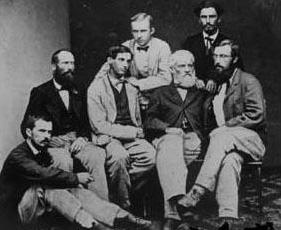
The records can be searched by genus, species or by the field numbers created in the following paper. The standard locality numbers allow research to "reassemble" the fauna collected from any station.
A report on Thayer Expedition stations by Dr. Horacio Higuchi was distributed as a mimeo report at the meetings of the American Society of Ichthyologists and Herpetologists in 1989 and updated in 1996.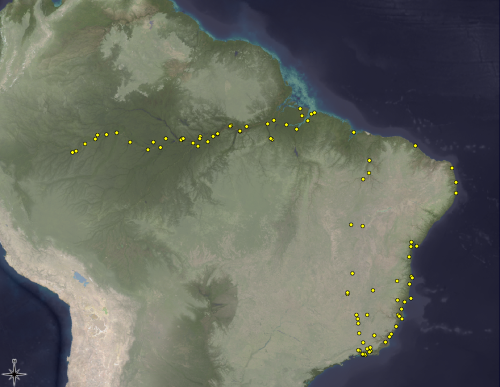
Jacques Burkhardt (1808-1867), Agassiz's "personal artist" accompanied the Thayer Expedition to Brazil where he made nearly 2,000 watercolor drawing of fresh fishes and local habitats. Burkhardt apparently suffered greatly from the heat and mosquitoes while painting. He arrived back in Cambridge from Brazil very weak and died within ten months. Most of the drawing have never been studied in detail. Thomas Barbour, then director of the MCZ simply gave the bulk of the drawings to George S. Myers in 1940 saying "... perhaps find some use for them. If not, I suppose even in California you occasionally have a fire in the grate." Fortunately, many of drawings were anonymously returned to the MCZ years after Myers' death.
The watercolor drawings have been imaged by the MCZ archives.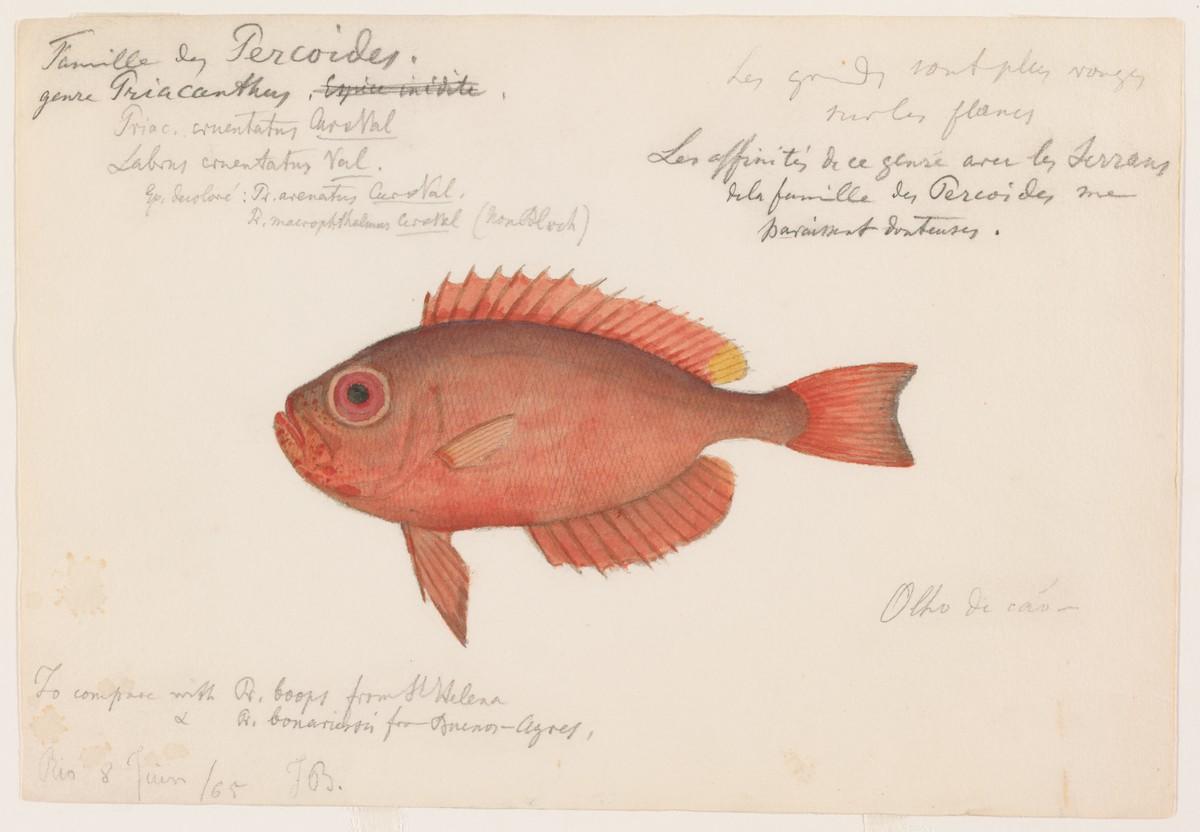
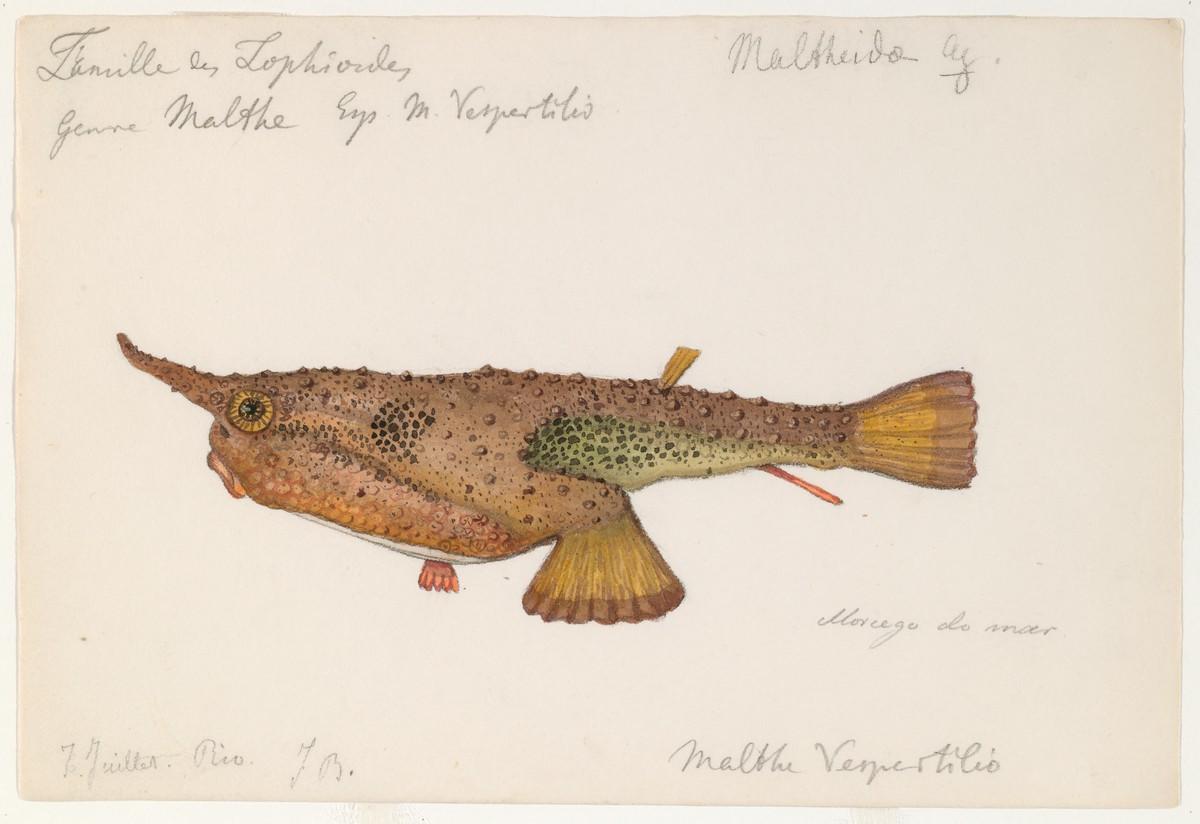
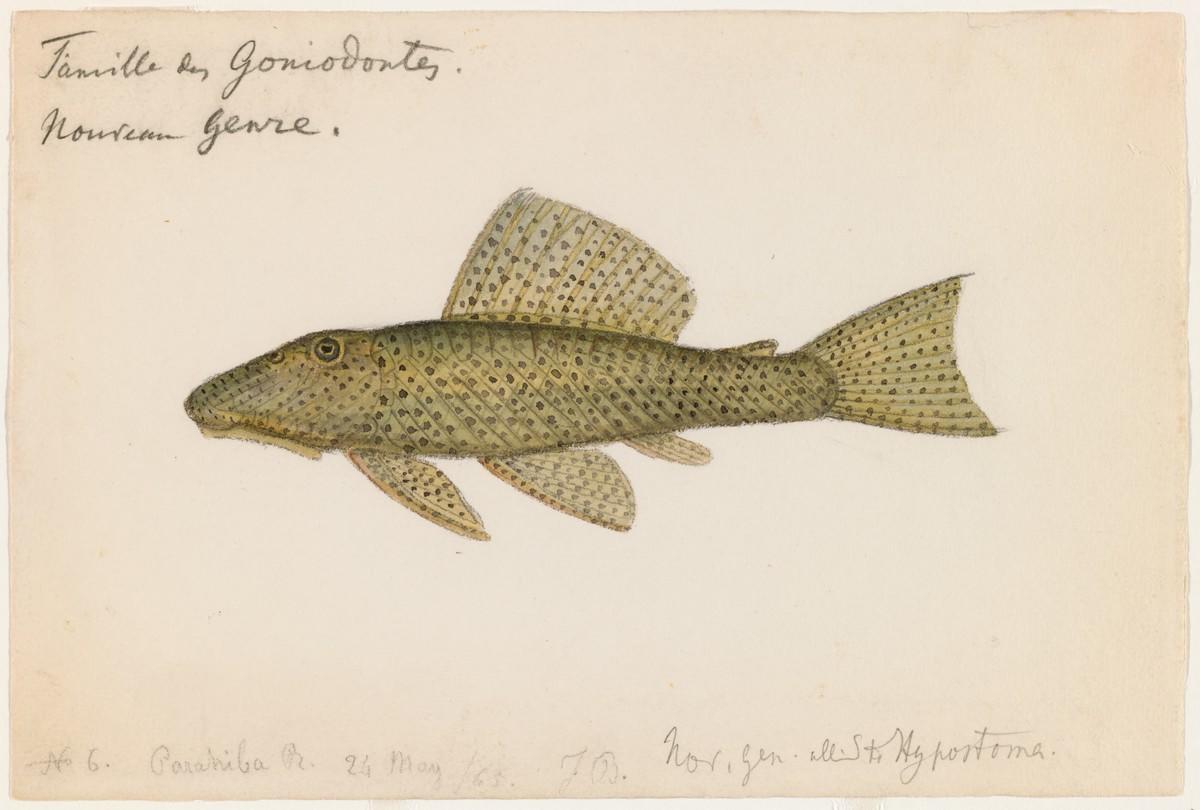
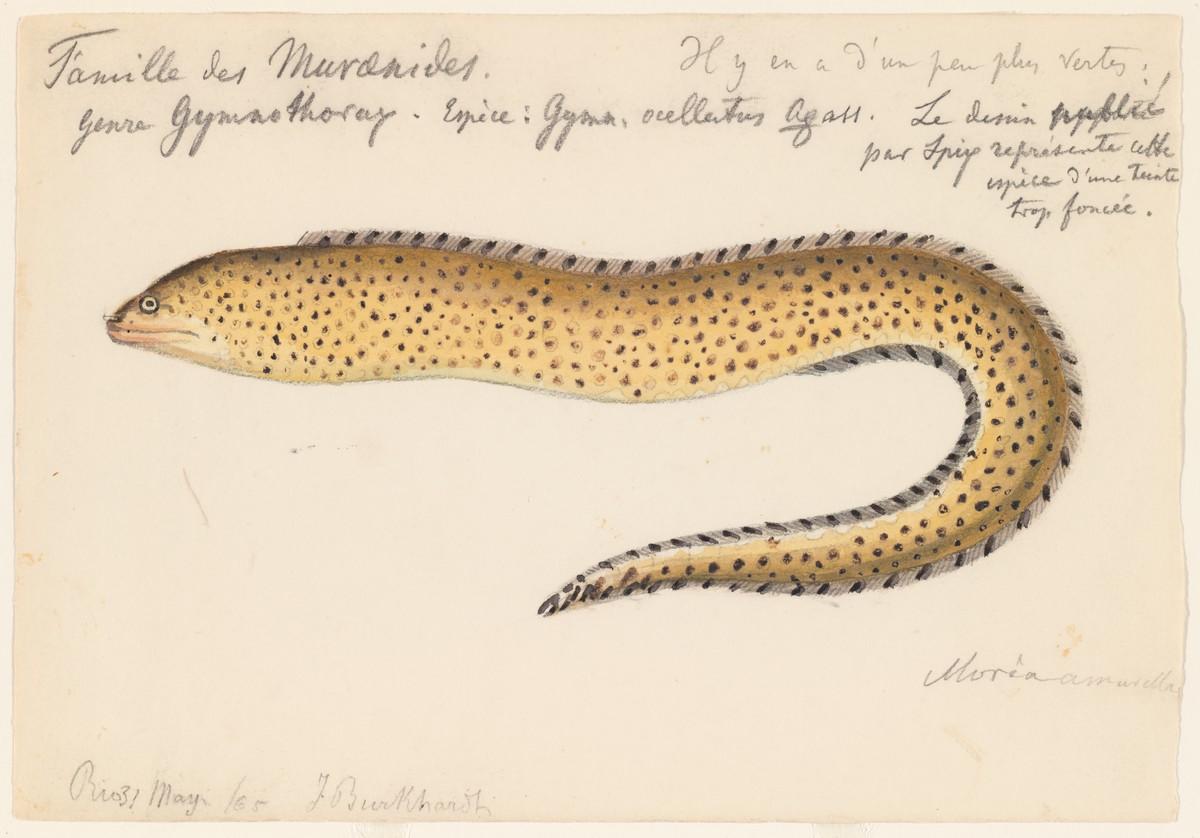
Hassler Expedition 1871-1872
The Hassler Expedition was Louis Agassiz's second, but less famous expedition to South America. Agassiz was invited to make up a party of scientists to accompany the new U.S. Coast Survey Steamer Hassler as she sailed from the east coast for assignments near San Francisco. Benjamin Pierce, Superintendent of the Survey, stipulated that the expenses would not be borne by the U.S. Government and that, in the interest of science, the ship could stop along the way provided that she was not delayed unnecessarily long in any one place. Through private subscriptions from Bostonians, Agassiz was able to raise $17,450 to cover the expenses of collecting and transportation.
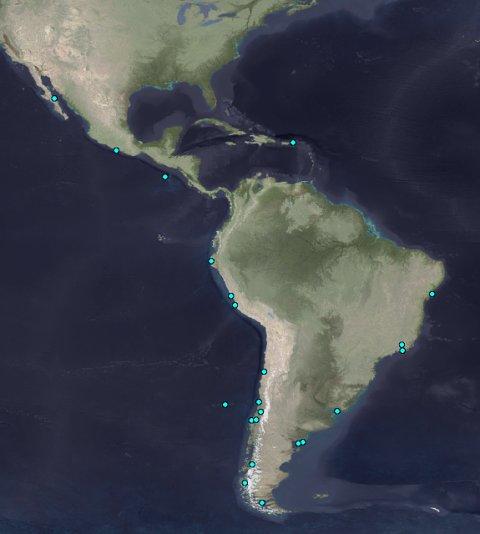
The Hassler, a three masted iron-steamer of 650 tons, with yards on the foremast, was built in Camden, N.J. She was under the command of Lieut.-Commander P.R. Johnson, U.S.N. and fully equipped for deep-sea sounding and dredging.
Agassiz selected Count L.F. Pourtales to be in charge of the deep-sea dredging, Drs. Hill and White as physicists, Dr. Franz Steindachner of the Royal Vienna Museum as collector, J.H. Blake as artist and assistant. They were joined by Mrs. Agassiz and Mrs. Johnson.
The expedition circumnavigated South America, starting in Boston (4 December 1871) and ending in San Francisco (31 August 1872). The first stations were in the Caribbean in mid-December, 1871 and by January 18 they were working of the coast of South America at 11 degrees north. They worked the coast of Brazil stopping at Pernambuco for coal on 15 January and stayed in Rio for a month, departing 25 February. Montevideo and the La Plata area was reached by 25 February and they rounded Cape Virgin and anchored in the Straits of Magellan on 12 March. They traversed the Straights by March 26 and sailed north through Smyth Channel and loaded coal at Lotta. The party split on April 25 and Agassiz went overland to Valparaiso and the Hassler made a series of stations to the Juan Fernandez Islands and returned to Valparaiso. The full party continued north via Caldera, Pisco, Callo, Lima, Payta then to the Galapagos. They spent a week visiting five islands and then sailed on to Panama, Acapulco, the Gulf of California and on to San Diego where they spent 10 days (18-28 Aug.). The expedition officially ended in San Francisco on 31 August but collecting continued in the Bay area and even a few inland stations were made on the trans-continental trip home.
On several occasions Agassiz stated that they collected some 30,000 specimens which used 3,500 gallons of alcohol in packing. Franz Steindachner worked up the Hassler fish collections while at MCZ for 8 months after the expedition. Today there are only 7,000 specimens from the Hassler station in the MCZ collections but thousands of Hassler specimens were said to have been taken to Vienna by Steindachner in 1873.

